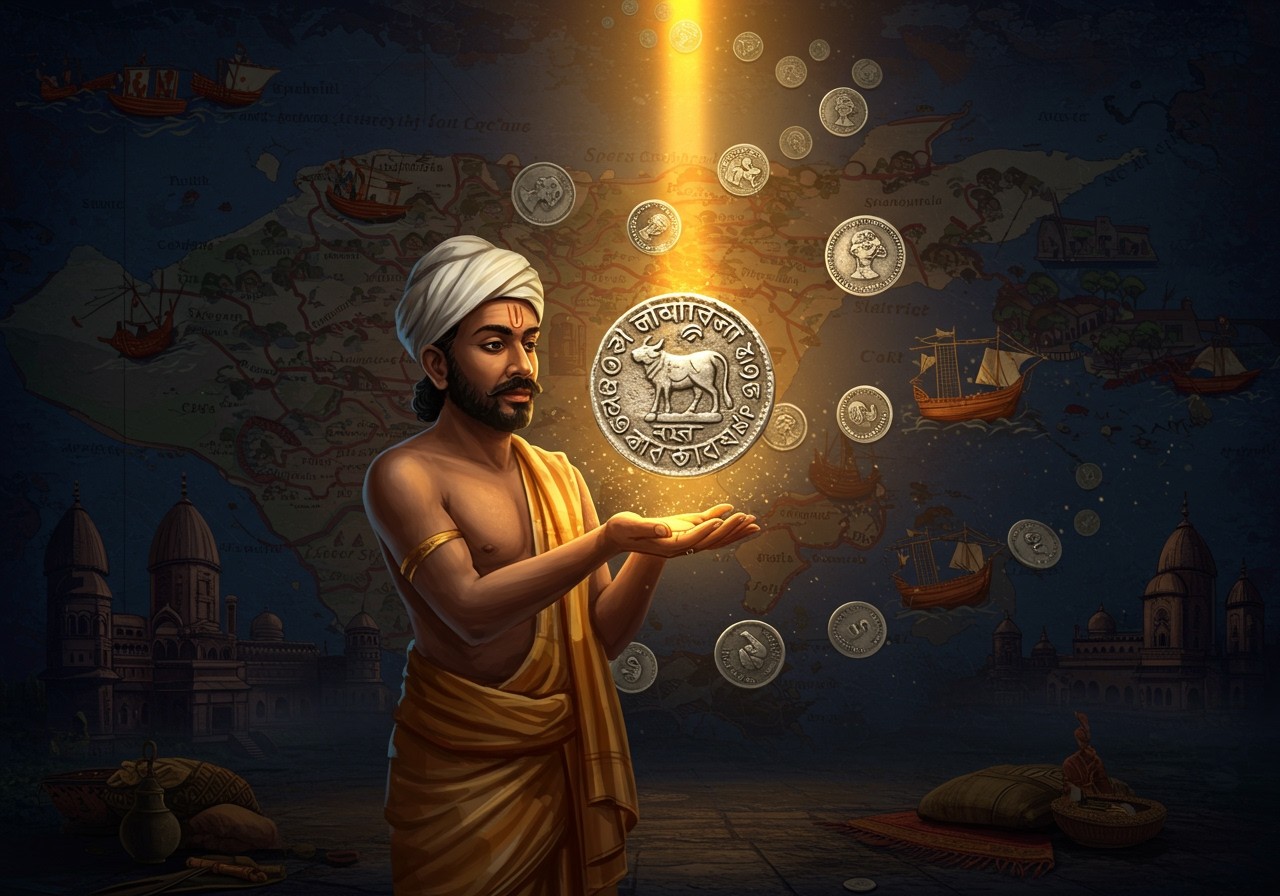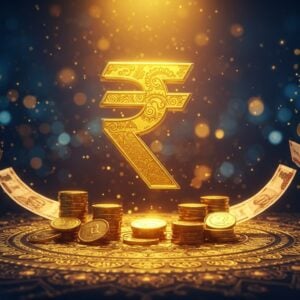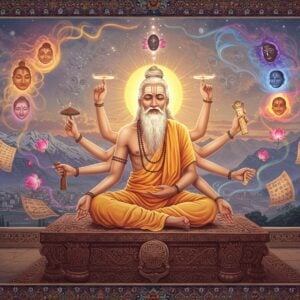
The fascinating world of Harikela coins offers a unique glimpse into the economic and social fabric of ancient Bengal. These coins aren’t just pieces of metal; they carry whispers of stories from a time rich in culture and history. Understanding these coins can deepen your appreciation for numismatics and reveal important aspects of Bengal’s past. Let’s embark on this journey of discovery together.
Unveiling the History of Harikela Coins
Delving into the origins of Harikela coins takes us to the heart of ancient Bengal. Harikela, a kingdom in early medieval Bengal (7th-8th centuries AD), played a significant role in the region’s history, encompassing areas like Noakhali, Comilla, coastal Chittagong, and parts of Tripura.. The coins from this era reflect the political dynamics and the prosperity of the time. Influential rulers, known for their contributions to the region’s economy, played a key role in the creation and circulation of these coins. Grasping this historical context illuminates how these coins influenced trade and daily life in Bengal, a region steeped in tradition and heritage.
As documented by the Chinese traveler I-tsing during his 7th-century AD visit, Harikela marked the eastern boundary of India. The region was initially under the rule of the Khadgas, succeeded by the Deva dynasty, and later by a dynasty using the surname ‘Akara’ around the 8th century AD.
Design and Features: A Closer Look at Harikela Coins
Examining the unique designs of Harikela coins reveals the artistry of ancient Bengal. These coins, crafted from high-quality silver (around 95.13% fineness!), offer a glimpse into the artistic skills prevalent at the time. Typically round, these coins often feature a recumbent bull on one side, with the word “Harikela” gracefully inscribed above in Brahmi script. This design speaks volumes about the cultural symbols cherished in ancient Bengal.
- The Obverse: A majestic bull rests, symbolizing strength and prosperity, with the name “Harikela” proudly displayed above, marking its origin.
- The Reverse: A captivating tripartite symbol, often identified as a Trishula (trident), takes center stage, surrounded by delicate beaded garlands, sometimes accompanied by a Shrivatsa, an auspicious symbol of fortune, all under the celestial gaze of the crescent moon and sun.
The coins also underwent an evolution in their physical characteristics. Early coins were more substantial, weighing around 7.5 grams (64 ratis). Later, the weight was reduced to 60 and then 50 ratis, perhaps reflecting economic shifts or resource availability. The introduction of “bracteates”—thinner, lighter coins weighing 2.38 to 3.37 grams—showcases innovative adjustments in coinage practices.
Economic Significance: The Role of Harikela Coins in Ancient Trade
Understanding the economic impact of Harikela coins sheds light on ancient Bengal’s trade dynamics. These coins weren’t just currency; they were the very essence of commerce, facilitating transactions across vast distances. Their discovery in diverse locations, including Sylhet, Mainamati (Comilla), Shalvan Vihara, Jobra village (Chittagong), and even Belonia (Tripura), demonstrates how these coins were instrumental in connecting various regions.
- Facilitating Trade: Harikela coins enabled smooth transactions across different regions, fueling economic growth within and beyond Bengal.
- Varying Denominations: Available in denominations from full to one-sixteenth, these coins catered to a wide spectrum of transactions, simplifying trade and daily exchanges.. This reflects the practical approach towards commerce in the region..
The diverse denominations, ranging from full to one-sixteenth, catered to various trade needs. These small denominations facilitated smaller transactions, a practicality that was essential for daily trade. The presence of these coins in different regions highlights the extensive trade network and the interconnectedness of ancient Bengal with its neighboring areas.
Cultural and Religious Influence of Harikela Coinage
Exploring the symbolism embedded in Harikela coins reveals much about the spiritual landscape of ancient Bengal. The motifs adorning these coins offer glimpses into the religious beliefs and practices of that time. The Trishula, often associated with Shiva, and the Shrivatsa, a symbol of Vishnu, suggest a blend of religious influences, highlighting the spiritual richness of the region.
- Religious Symbolism: The Trishula and Shrivatsa on the coins point to the prevalence of Hinduism. These symbols represent protection, prosperity, and other aspects integral to the religious beliefs of the time.
- Royal Authority and Divine Elements: The presence of celestial emblems, like the crescent moon and sun, suggests a close association between royal authority and the divine. Rulers may have used these coins to project their power and reinforce cultural ideologies.
The celestial symbols like the crescent moon and sun reinforce the connection between rulers and the divine, underlining the importance of spiritual beliefs in governance. These coins, through their intricate designs and symbolism, became tools for cultural expression, embedding spiritual narratives into everyday transactions.
Harikela Coins in Modern Times: A Collector’s Perspective
Discovering the value of Harikela coins in modern numismatics reveals their enduring allure. These coins are highly sought after by collectors and historians alike, prized for their intricate designs and historical importance. They occupy a significant place in exhibitions and collections across the globe, attracting those fascinated by ancient coinage.
- Preservation Challenges: Preserving these ancient treasures presents a significant challenge. Authenticity and provenance are crucial aspects that collectors and researchers must address.
- Collectors’ Responsibility:Collectors bear the responsibility of verifying the origins of their coins, adding a layer of ethical responsibility to their passion. Their role is not just about owning a piece of history but also about preserving its integrity.
However, the journey of collecting Harikela coins comes with its challenges. Verifying authenticity and tracing their provenance are crucial aspects that collectors need to consider. Notable collections showcase Harikela coins, offering valuable opportunities for study and appreciation.
Poojn.in: Your Gateway to Authentic Cultural and Ritual Items
At poojn.in, we understand the significance of these historical and spiritual artifacts. We offer a curated selection of authentic Harikela coins and related puja items, catering to both collectors and devotees who seek to connect with Bengal’s rich numismatic heritage.
Explore our exquisite collection of divine idols, sacred lamps, and puja utensils, carefully crafted to enhance your spiritual practices. You can also find holy cosmetics, sacred foods, divine jewelry, ritual clothing, and sacred texts to complete your puja needs. We also offer traditional copper kosha kushi for your puja rituals. Browse through our selection and bring the blessings of tradition into your home.
Embrace the Legacy: Harikela Coins and Their Enduring Significance
Harikela coins are more than just ancient relics; they represent a tangible link to a vibrant historical period. From their intricate designs to their role in the economy and the cultural narratives they embody, these coins offer a profound insight into the life and times of ancient Bengal. They continue to inspire awe and admiration, serving as a testament to the artistry and ingenuity of our ancestors.
Whether you’re a seasoned collector or simply curious about history, Harikela coins offer a unique window into the past. At poojn.in, we honor this legacy by providing access to authentic Harikela coins and a wide range of related puja items. Our aim is to facilitate your connection with this rich heritage and enrich your spiritual journey.
Frequently Asked Questions about Harikela Coins
What are Harikela coins? Harikela coins are ancient silver coins used in the Bengal region during the 7th-8th centuries AD, offering a glimpse into the region’s rich history.
Why are they considered important? They hold historical significance, providing valuable insights into the economic, social, and cultural aspects of ancient Bengal.
How were these coins crafted? Typically made of high-quality silver, Harikela coins were skillfully crafted by artisans using traditional methods, often featuring a recumbent bull and a tripartite symbol.
Where can one find these coins now? Today, Harikela coins can be found in museums, private collections, and occasionally at auctions, making them cherished items for numismatists.
What kind of symbols do they bear? These coins often depict symbols like a recumbent bull, the Trishula, the Shrivatsa, and celestial emblems like the sun and moon, reflecting the religious and cultural beliefs of the time.
Do these coins hold any value today? Yes, especially for collectors and historians, Harikela coins are valuable artifacts due to their historical significance and rarity. poojn.in offers authentic Harikela coins and other items related to Bengal’s heritage. We are dedicated to providing genuine products and reliable service to our customers.
How can I learn more? You can delve deeper into the world of Harikela coins through museum visits, exploring historical texts, and connecting with numismatic societies or expert communities. We are dedicated to providing genuine products and reliable service to our customers. Reach out to us, and let’s discuss your needs.
Did Harikela coins have any influence on other currencies? Yes, Harikela coins set standards for design and metal quality. These coins often feature symbols like a recumbent bull, the Trishula, the Shrivatsa, and celestial emblems like the sun and moon, reflecting the religious and cultural beliefs of the time.


